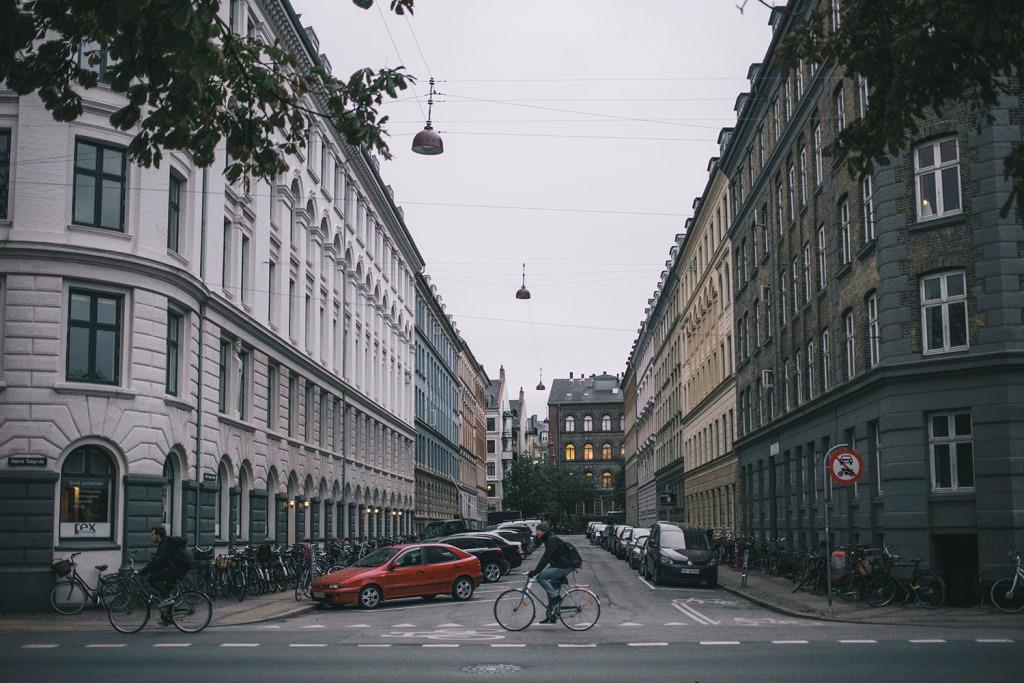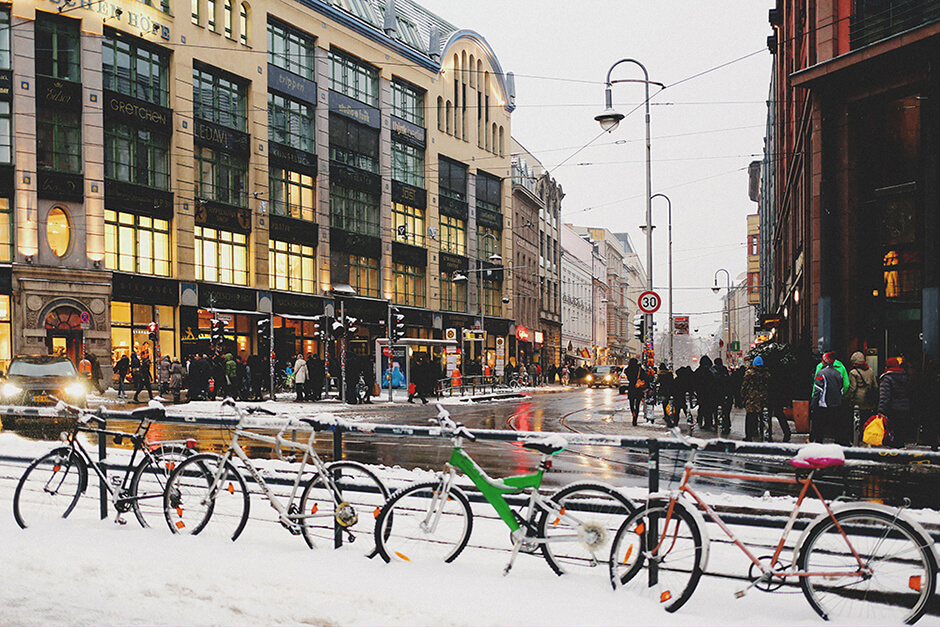The Economist magazine has published a fresh ranking of city safety. In 2021, the results were very dependent on how they dealt with the COVID-19 pandemic in different parts of the world – after all, a city cannot be called safe if, leaving your home, you are extremely at risk of ending up in a hospital bed. The cities that took the first lines of the ranking used different tools to fight the virus. However, everywhere the decisive factor was the high culture of responsibility of the residents themselves. The five safest cities in a pandemic.
According to the UN Population Division, 57% of the world’s inhabitants now live in cities. It is more difficult to distance oneself in such conditions than in the days of the “Spanish flu”, when the city was inhabited by only 14% of the people. Are densely populated ant hills capable of rebuilding their lives so that their populations remain healthy but still benefit the economy and maintain useful social connections? It turned out, yes, but it’s better to take care of this in advance.
Economist experts ranked 60 cities by analyzing 76 criteria, including the quality of health care. The top 10 by this criterion include Tokyo, Singapore, Hong Kong, Melbourne, Osaka, Seoul, Toronto, London, Barcelona, and Sydney. However, according to the sum of all indicators, the top ten security leaders developed differently: Copenhagen, Toronto, Singapore, Sydney, Tokyo, Amsterdam, Wellington, Hong Kong, and Melbourne (these two cities have the same coefficient), Stockholm. Why did Copenhagen have fewer problems than the Myanmar capital Yangon, which closes the rating?
Copenhagen: the greener the healthier

The five safest cities in a pandemic
The capital of Denmark took first place in the ranking due to the abundance of greenery. It would seem, what does the resistance to viruses have to do with it? But everything is logical: if there are enough forest park zones within the boundaries of your city, it will be easier for you to endure strict pandemic restrictions. Instead of risking your health in public spaces, you can take away food and go with someone for a walk in the nearest pretty outdoor locations without risking becoming a conduit of an insidious disease.
Copenhagen authorities have made sure that there are clearly visible signs and markings in the city to discourage crowds. Here they released “corona guides” with tips on how to behave in a pandemic, and quickly implemented a large-scale testing program for COVID-19, which made it possible to systematically analyze outbreaks. The program is fundamentally free – for both locals and tourists. In the near future, Copenhagen also plans to take samples of wastewater in order to detect outbreaks at the earliest stage.
But most important is the Danish communal spirit, samfundssind. Local residents trust each other, including doctors and government officials (Denmark is one of the least corrupt countries in the world). This allows you to work harmoniously for common goals.
Toronto: if you trust your neighbor, you trust your doctor too

The five safest cities in a pandemic
The largest city in Canada turned out to be a tough nut to crack for COVID-19 because the culture of local communities is very well-formed here. People in Toronto willingly and effectively communicate with each other and unite in a community without regard to skin color, religion, or sexual orientation, which allows you to get more information about the outside world. As a result, better awareness of the pandemic and vaccines.
Those responsible for the COVID-19 response in Toronto seem to know well those with whom they live in the neighborhood. They managed to build interaction with communities, highlighting especially vulnerable groups. Thus, townspeople who were physically unable to get to the vaccination center were vaccinated at home (at the same time, those who cared for them were vaccinated). And to ensure a truly fair approach to vaccination, a special group of Black Scientists’ Task Force on Vaccine Equity was created in Toronto – its members had to convince the black residents of the city (who, according to official figures, trusted doctors and injections less) that that the vaccine is safe.
Singapore: technology is saving

The five safest cities in a pandemic
In the first days of the pandemic, Singapore used its strengths: advanced information technology, excellent infrastructure, and high responsibility for its citizens. And if at first, the pandemic hit Singapore so powerfully that the country was on the sad list right after China, then soon – thanks to digital monitoring, which makes it possible to quickly identify the contact chain – Singapore coped. An important component of success was the presence of a plan: 20 years ago, the country was badly affected by the SARS virus, and then the authorities developed a scenario in case of a new “coming”.
Before entering an enclosed space, you need to scan a TraceTogether token or use a special application in the city. Based on these data, it is not difficult for epidemiologists to track persons who may have communicated with an infected person (s) and quickly quarantine them. The requirement to use TraceTogether also applies to visitors.
Being advanced in IT, Singapore easily switched to remote work – this relieved the burden of public transport. Crowds are simply not allowed to visit the sights and shopping centers here; special workers monitor the observance of social distance. Well, in order not to get into the jelly of people, you can track the fullness of stores and post offices using the Space Out tool.
Large fines are threatened for violation of safety requirements – in the art of fines, Singapore has few equal. And the city is also one of the leaders in vaccination: more than 80% of the inhabitants were vaccinated here.
Sydney: border to the castle

The five safest cities in a pandemic
Australia was one of the first to wall up from the whole world. She adhered to strict restrictions as the number of cases grew. And here’s the result: the death rate from COVID-19 per capita remains here one of the lowest in the world. In New South Wales, more than 70% of residents were vaccinated. In general, everything goes to the fact that the restrictions will be lifted, and the continent will soon open to travelers.
Additional points in the safety rating were given to Sydney by its focus on people and smart city tactics. Sydney is calm not only in terms of coronavirus: locals do not feel at all that they are in any danger when they move around the city – even if alone and at night. This is facilitated, among other things, by intelligent lighting and a developed video surveillance network.
Tokyo: masks are no stranger to

The five safest cities in a pandemic
The health sector is doing the best in Japan’s capital. The health care system itself works well here, the level of preparedness for a pandemic is high, people live long and – importantly – remain mentally stable. The centuries-old culture of collectivism also plays a role: a true Japanese person feels responsible for the well-being of others and does not need to be forced to wear a mask.
The general picture in Tokyo was somewhat spoiled by the Olympic Games, from which Japan really wanted to get rid. It did not work to get rid of, because the sports show was already moved from 2020 to 2021, so powerful antiquarian measures were taken here. During the competition, an emergency regime was introduced in the country. Foreign fans were not allowed to the Olympics, the spectator limit was reduced from 10 thousand to five, a set of rules for 70 pages was developed for athletes and journalists: here are masks (even on the street), sanitizers, social distance, and a GPS tracking application. and a complete ban on parties. It worked. Japan canceled the emergency mode in September 2021. Vaccination passport holders will soon be able to attend public events.














